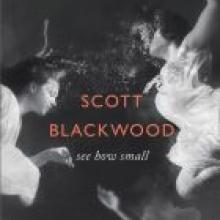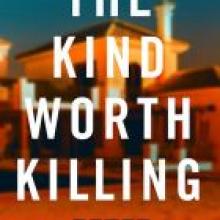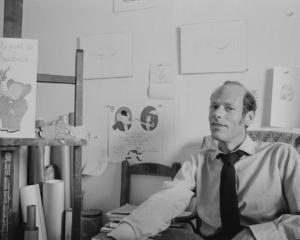
Just before closing one night, two men walk into the shop, attack the girls, bind them up, and set fire to the place.
They leave in a getaway car driven by a third man.
At least that's apparently what went on.
This is a murder mystery in which the clues are even more scattershot than most books in the genre, and in which much goes unresolved.
Blackwood focuses on the dislocating effect such a tragedy has on the friends and family left behind (something, it has to be admitted, that isn't usually dealt with in murder mysteries).
His story twists back and forth over the five years following the murders.
In spite of their best intentions, the innocent people most connected with the girls seem to disintegrate rather than heal.
Blackwood's language is striking and vivid, full of imagery, metaphor and dreams.
Surprisingly, this can both reveal and obscure his characters.
I sometimes couldn't decide whether he didn't want us to know any more than he told us, or whether he didn't himself know what the characters were up to.
I found a good deal of the book engrossing, but as it wound to its inconclusive conclusion, I had to ask myself: does writing in a literary style really mean you need to leave your readers in the dark?
Or maybe the problem was, as in many murder mysteries I've read, I missed most of the clues!

A chance meeting at an English airport sets up a relationship that's going to have consequences for several different people and their relationships: think Strangers on a Train but with even more amoral characters.
(One of them reads murder mysteries, including Highsmith's The Two Faces of January.)
The story is told alternatively by two people, and we get a constantly shifting viewpoint on the same incidents.
Just when we're sure where it's all going, the thing skews halfway through and different characters take over the storytelling.
The characters' motivations might be a bit suspect at times, but Swanson races us along far too fast to worry about it.
• Mike Crowl is the author of two children's books and a non-fiction title.











